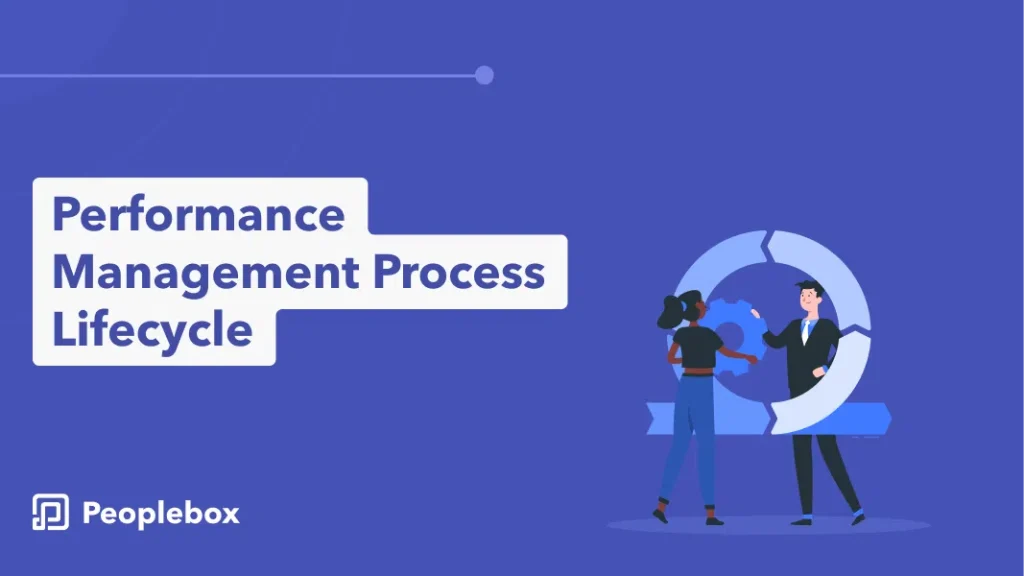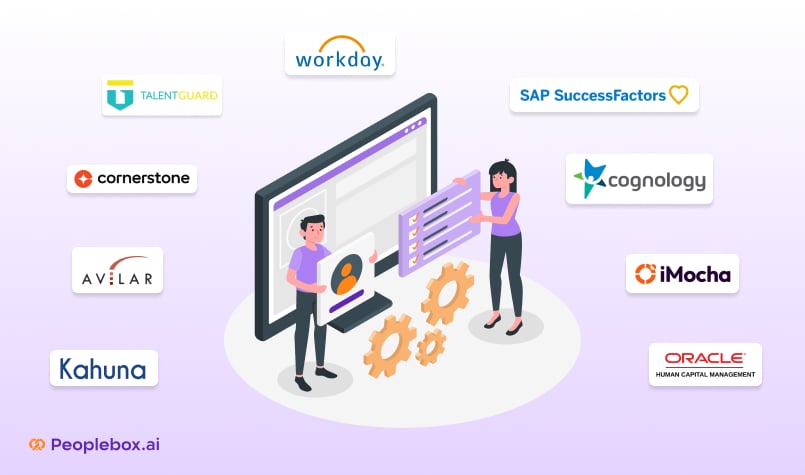With a proven track record of success at giants like Google and LinkedIn, OKRs have become a widely-adopted strategy by organizations globally.
However, the excitement around OKRs can often lead to organizations overlooking vital red flags that can result in failure. Despite being simple to implement, many fail to realize their desired results due to a complacent “set and forget” mentality. Neglecting to monitor progress and attend to the details consistently can result in missed opportunities for growth and ultimately compromise the entire purpose of setting OKRs.
This article will highlight the key OKR red flags organizations face and offer practical advice and best practices to overcome them. We’ve divided the article into three essential stages of the OKR process — Planning, Execution, and Evaluation — for a more manageable and comprehensive read.
Top OKR Pitfalls and How to Avoid Them
Before we delve into the red flags to avoid, be sure to bookmark this page and share it with your leadership team. Get ready to streamline your OKR strategy!
During Planning
Planning OKRs is something that many organizations can manage effortlessly. However, there are some hidden red flags that they might miss. Below, we discuss the top 5 pitfalls you should be aware of in the OKR planning stage.
Lack of strategic alignment
Let’s get one thing straight— the main purpose of implementing OKRs in an organization is to align teams and accelerate business growth. However, misalignment can occur if team goals are not in line with the organization’s goals or when there is no alignment between and within teams. This misalignment can lead to a lack of focus and decreased overall success for the company.
How can you fix this?
- Always include all departments in the planning process. This way, teams will be more invested and aligned with company goals.
- Clearly communicate the company’s overall goals and objectives. This will provide a clear direction for all teams to align their OKRs with.
Quick Tip: If you’re already using an OKR platform or are planning to purchase one, make sure it has the ability to link different OKRs to specific business goals and initiatives. For example, notice how in the Peoplebox, you can have a holistic view of the OKRs at various levels.
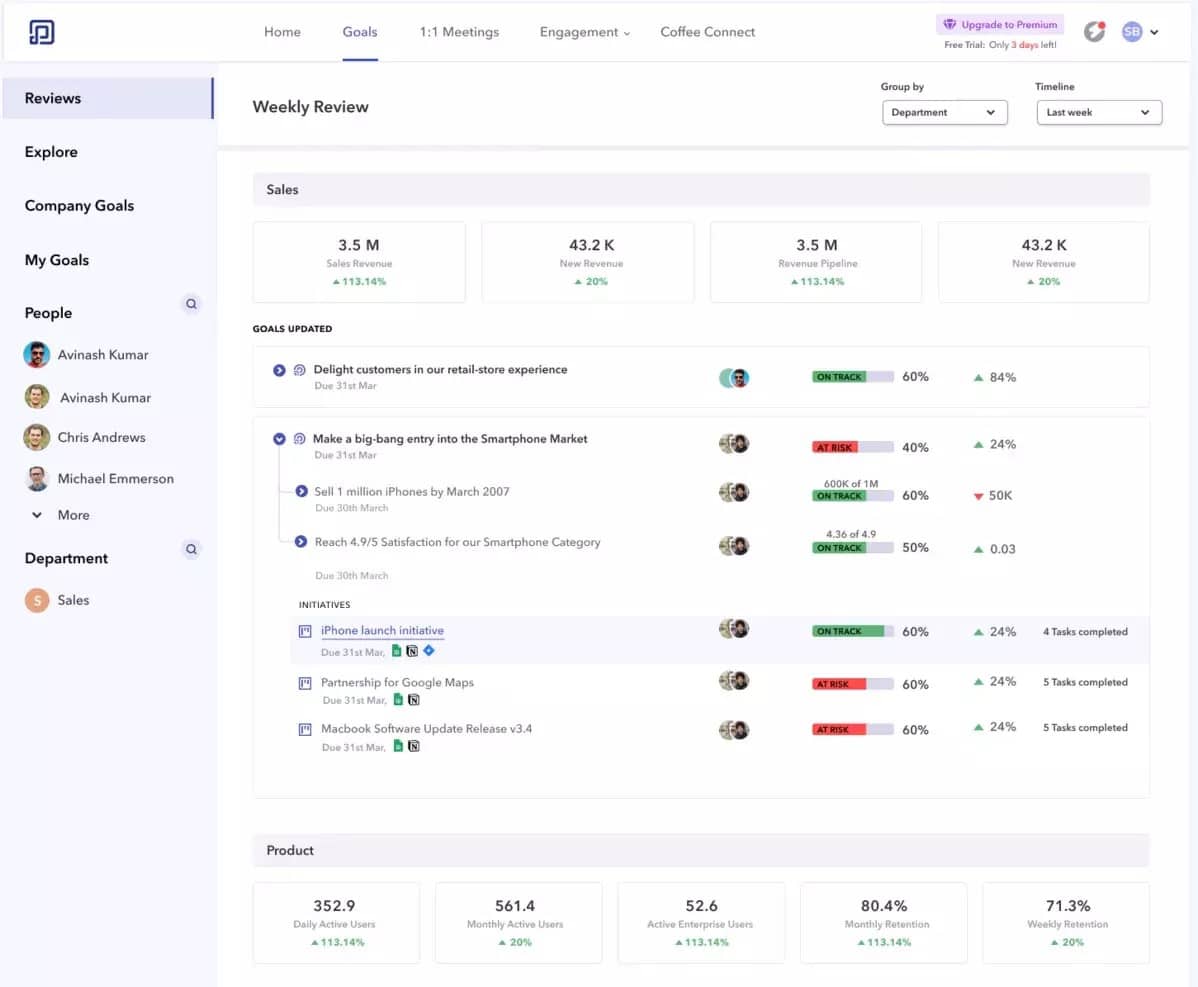
Unclear objectives and key results
OKRs that lack specificity and are overly vague can cause confusion and hinder progress. For example, an OKR like “Improve the company’s reputation” is unclear because it doesn’t specify what needs to be improved, how it will be improved, or how success will be measured. Another example is having too many or too few OKRs and OKR superpowers.
This type of OKR can lead to frustration and disappointment, as team members will have a difficult time understanding what they are supposed to be working towards and how they will know if they have succeeded.
How can you fix this?
- To set clear and measurable OKRs, it is important to start by defining what you want to achieve and how you will measure success. Start by asking yourself the following questions:
- What do I want to achieve?
- Who is responsible for achieving it?
- What resources do I need to achieve it?
- How will I measure success?
- What is the timeline for achieving this goal?
Once you have answered these, you will be able to set goals that are focused and result-oriented.

Inadequate technology or tools
Companies often struggle with OKRs due to their use of inadequate technology like spreadsheets and PPTs, which leads to inconsistencies and errors in data, difficulty in tracking progress and improvement, missed deadlines, and lack of accountability. The teams may spend time consolidating OKRs each quarter, and important data may be scattered, making it hard to see the big picture and understand performance against goals, resulting in missed opportunities for growth and improvement and a lack of focus and direction.
How can you fix this?
- Instead of relying on basic tools like spreadsheets and PPTs, consider investing in a dedicated OKR management tool that offers features like goal setting, progress tracking, real-time reporting, and collaboration capabilities, making it easier to manage your OKRs effectively.
- To make the most of your technology and tools, consider integrating them with your existing systems and tools.
Lack of ownership or accountability
In a business setting, it is crucial that each team member understands their role and the objectives they are responsible for achieving. When this clarity is lacking, it becomes difficult to determine who should be held accountable for missed deadlines or missed targets. This can lead to a lack of motivation and drive, as team members may feel that their contributions are not valued or recognized.
How can you fix this?
- Assign specific objectives and key results to each team member, and ensure that their responsibilities are clearly communicated and understood.
- Hold each team member accountable for their objectives and key results. This can include setting deadlines, tracking progress, and recognizing achievements. Look below for an example of how you can ensure accountability through an OKR platform.
Solutions like Peoplebox help you assign individual tasks to team members throughout the organization.
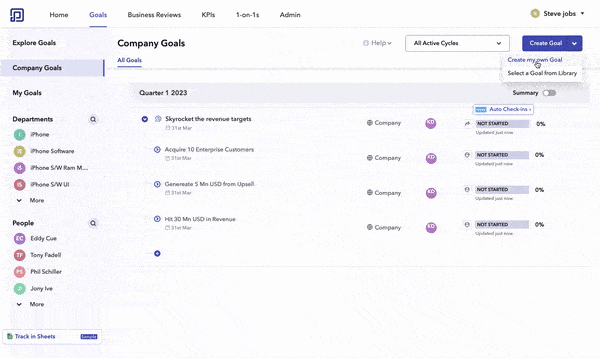
During Execution
Now that we are done with planning, the next very crucial step is the execution of the OKR strategy. As we mentioned, due to the “set and forget” mentality, OKRs are doomed to fail if not tracked & reviewed frequently properly. Here are a few pitfalls you might encounter while executing your OKRs.
No single source of truth
Critical roadblock organizations face today is the confusion about what is the single source of truth for their OKRs, KPIs & key initiatives. With so many individuals in multiple locations and departments, it’s common for the data to be scattered and siloed, making it difficult to track progress and identify red flags on time. This lack of centralization can lead to confusion, inconsistent reporting, and a breakdown in communication.
How can you fix this?
- Implementing robust OKR software with end-to-end capabilities can help bring all of your data into one central location, making it easier to track progress and measure success.
- Encourage individuals to share their data and updates and provide opportunities for teams to come together to review progress and make adjustments as needed.
Notice how you can see data from the different departments across the organization in one place below.
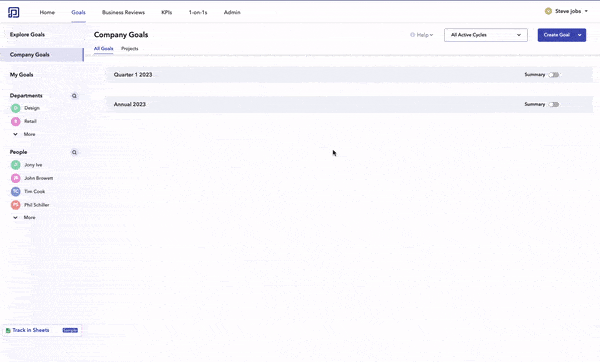
Poor communication and transparency
OKRs are intended to be a shared understanding of what is expected from all members of the team. However, if the objectives and key results are not communicated effectively, then everyone is working on different things and not moving in the same direction. This leads to confusion, lack of motivation, and poor collaboration, which negatively impacts the productivity and success of the OKRs.
How can you fix this?
- Encourage open communication between team members by creating a safe and supportive environment where everyone feels comfortable sharing their thoughts and ideas.
- Visual aids such as charts, graphs, or presentations can be used to clearly communicate the progress of the OKRs.
- Assign a single point of contact for each objective and key result to ensure that everyone knows who to reach out to for information.
Insufficient training or education
Businesses today use multiple software that requires their employees to be fully adept in their functionality. When employees are not properly trained, they may not understand what they need to do to achieve their objectives. This can lead to confusion, frustration, and, ultimately, a lack of success.
How can you fix this?
- Ensure your OKR platform provider shares training, onboarding resources, and a dedicated support team.
- Conduct workshops where employees can ask questions, participate in discussions and learn through interactive activities. For those who need more personalized attention, one-on-one sessions can be arranged.
Lack of regular monitoring and adjustment
“Set and forget” mentality is a critical issue when it comes to OKRs. This means that the objectives and key results are set but are not being actively checked and updated regularly through weekly check-ins and business reviews. This leads to OKR stagnation and can make it difficult for teams to make progress and achieve their goals.
How can you fix this?
- Set a regular schedule for checking in on the progress of the OKRs, such as weekly, monthly, and quarterly.
- During the check-ins, review the progress of each OKR and determine if any adjustments are necessary.
- If necessary, update the objectives based on new information and adjust the key results.
With Peoplebox, you can set multiple check-ins within the platform throughout the OKR cycle.
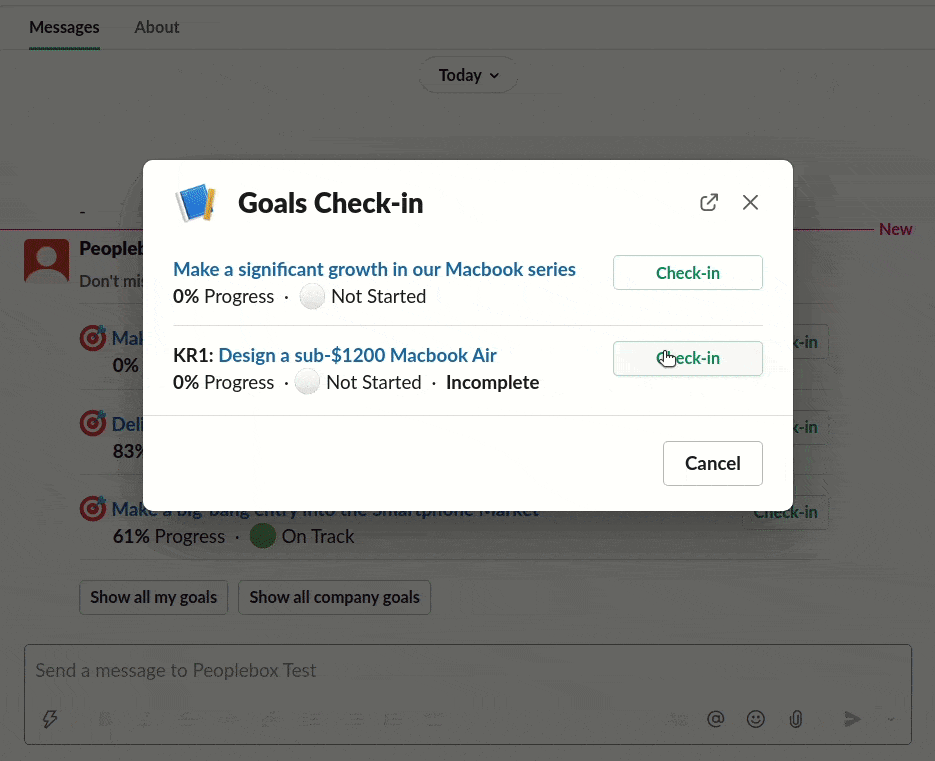
Lack of visibility of progress on Key Initiatives that are aligned to OKRs
Another common reason that OKRs may be failing is due to a lack of visibility of progress on key initiatives (projects) that are aligned with the OKRs. This lack of visibility can create a huge gap in the tracking of OKRs and make it difficult for teams to understand their progress toward their goals. It can also result in confusion and frustration, as team members may not understand how their individual tasks are contributing to the bigger picture.
How can you fix this?
- Make sure that every project is aligned with specific objectives and key results so that their impact is clear.
- Regularly communicate progress to the team so that everyone understands how their efforts are contributing to the overall OKRs.
Here’s an example of how Peoplebox enables 100% visibility throughout the process.
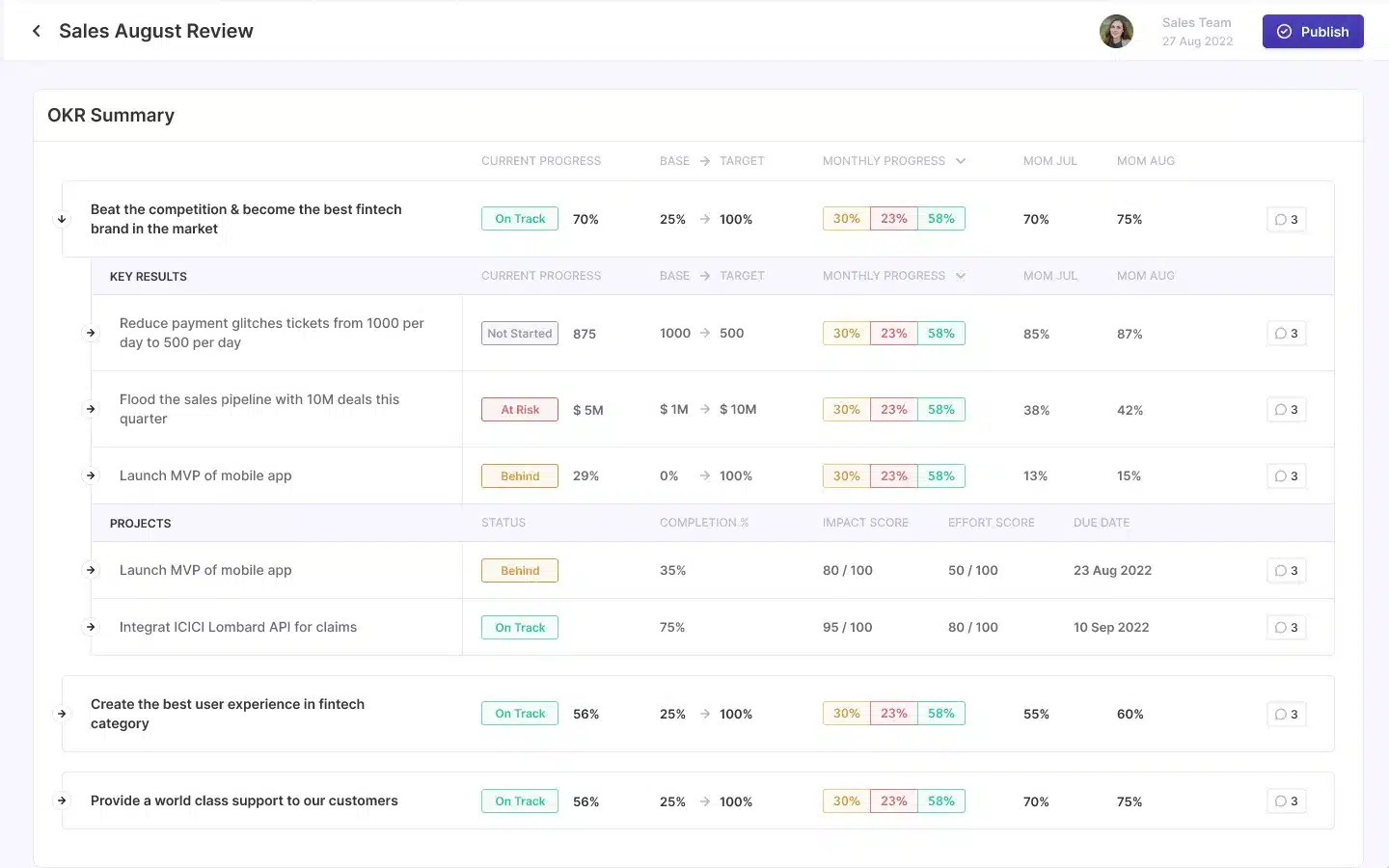
Lack of qualitative insights
OKRs are not just about setting goals and tracking progress; they also require a deep understanding of the underlying issues and root causes that are hindering progress. Without qualitative insights, teams may struggle to identify the root causes of the problems they are facing. This can result in them implementing solutions that do not address the underlying issues, leading to a lack of progress and continued failure.
How can you fix this?
- Encourage team members to provide regular feedback on the OKRs and the progress being made.
Quick Tip: If you are looking for an OKR platform, ensure they have the option to tag people and post comments and notes within the platform.
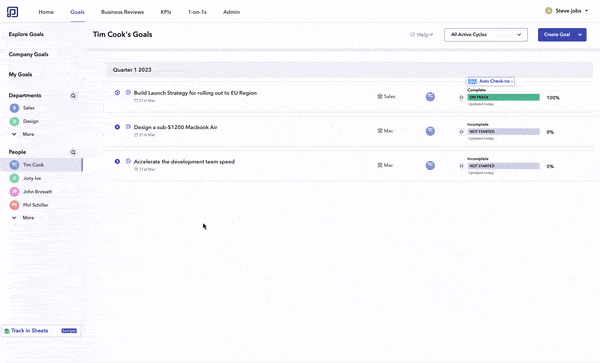
During Evaluation
The last step in the OKR process is evaluation. This involves analyzing both the successes and the challenges and taking action to improve results. Here are some red flags to consider at this stage.
Failure to revisit and revise OKRs
The business environment is constantly evolving. If OKRs are not reassessed and updated, they may become stagnant and unadaptable to changing circumstances. This can cause teams to aim for goals that are no longer relevant or attainable, leading to a lack of advancement and a decrease in motivation.
How can you fix this?
- Schedule quarterly retrospectives. If anything is not working right, you don’t have to wait for a year or so to bring it to notice. It helps create a more open, trusting culture where employees are not afraid to take risks.
- Consider any changes in the business environment and make adjustments to the OKRs as necessary.
Notice how Peoplebox’s OKR Platform lets you conduct retrospectives to analyze where the team has lagged behind, and what can be improved.

Failure to recognize and reward progress
When individuals and teams are working towards a common objective, it is important to acknowledge their progress and achievements. This helps to keep morale high and motivates individuals to continue putting in the effort. However, if progress goes unnoticed and unacknowledged, individuals may start to feel like their efforts are not valued and that they are not making a difference. In turn, they are less likely to put in the effort necessary to achieve their objectives and may not be fully invested in the process.
How can you fix this?
- Acknowledge progress during regular team meetings and celebrate accomplishments.
- Offer bonuses, extra time off, or other tangible rewards for meeting objectives.
- Have leaders within the organization acknowledge and recognize progress and achievements; this will carry significant weight.
Failure to integrate OKRs with performance reviews seamlessly
Unfortunately, many organizations have separate procedures for setting and monitoring OKRs and evaluating employee performance, causing confusion and misinterpretation of the objectives behind the OKRs. This disconnect can lead to a decrease in employee accountability and a lack of buy-in from employees, resulting in an ineffective OKR process.
How can you fix this?
- Incorporate the results of the OKR process into the performance review. This allows for a more comprehensive evaluation of the employee’s contributions to the organization and the progress toward their goals.
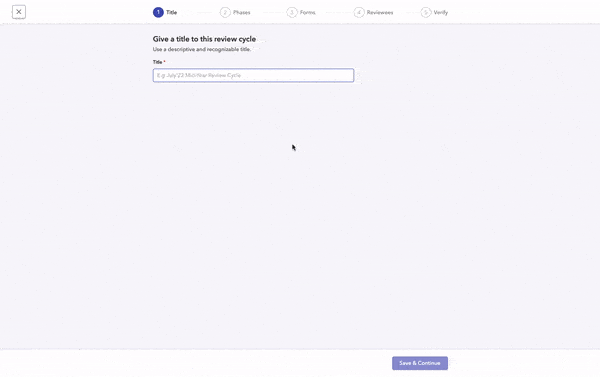
- Clearly link individual and team-level OKRs to overall performance objectives to help employees understand the purpose of the OKRs.
With Peoplebox, you can now run performance reviews directly on Slack— Find your team exactly where they are and have a seamless experience.

Unlock the potential of OKRs
In conclusion, OKRs are a powerful catalyst for synchronizing goals and fueling success. However, organizations may face obstacles if they disregard crucial warning signs. By implementing these tips and best practices, organizations can elevate their OKR strategy and attain their desired outcomes seamlessly.
Peoplebox OKR Platform
At Peoplebox, we’re on a mission to make OKRs easy & impactful to accelerate business growth. Our enterprise OKR platform serves as a centralized hub for your company’s strategy, goals, and initiatives, keeping everyone updated in real-time through our 50+ native integrations.
We understand that it takes more than just hard work to achieve audacious goals, which is why we’re dedicated to helping business leaders drive better focus, alignment, visibility, and accountability in their execution. Whether you’re looking to hit moonshot goals or simply want to make sure everyone is on the same page, Peoplebox has you covered.Our platform is trusted by over 500 startups in 60 countries, including industry leaders like Disney, Veriff, Postman, Razorpay, Exotel, Khatabook, and more. So why wait? Book a free demo with us today and start seeing real results.

